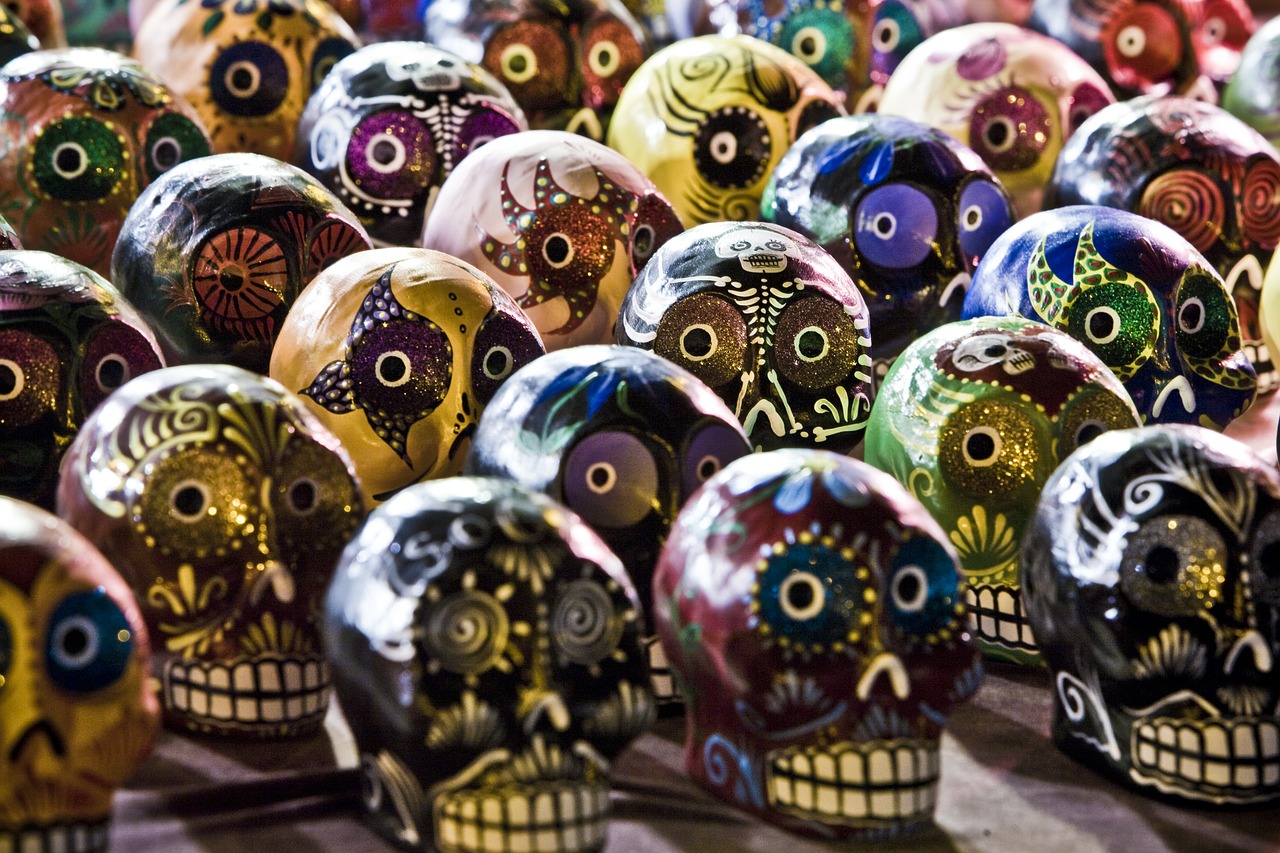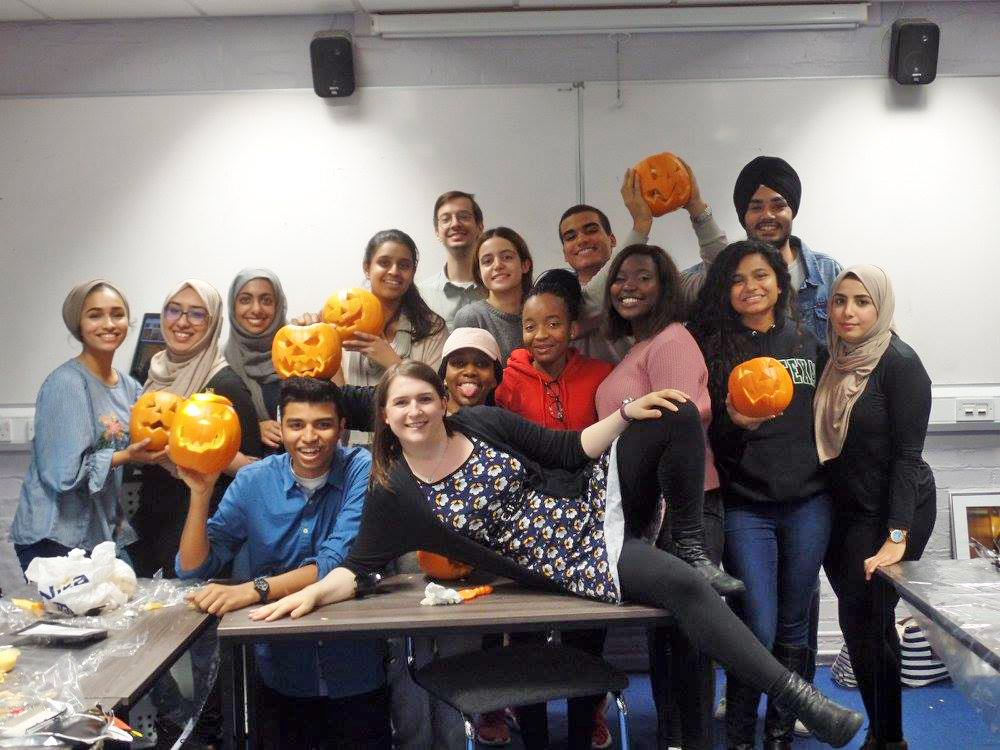Halloween around the world: How do you celebrate yours?
Mon 30 Oct 2017
Halloween has become known internationally as a spooky, candy-filled festival, but it originates from an ancient Celtic festival that dates back thousands of years. In the UK, the festival was known as ‘All Hallows Eve’ and was traditionally celebrated with games and ghost stories. Nowadays, Halloween has become more popular and commercialised with people dressing up in fancy dress costumes, carving pumpkins and trick-or-treating – going around the neighbourhood asking for candy. But today, Halloween celebrations have spread all over the world.
How did Halloween start?
The Celts lived in Ireland, northern France and the UK, and they celebrated the day that marked end of the summer, the end of the harvest, and the beginning of winter on October 31st. It is believed that they dressed up in costumes made of animal skin and lit big bonfires as part of the pagan rituals.
Today, for many, Halloween is a secular festival that is more community-based and sees communities get together to have parades and parties. In fact, in the U.S., Halloween is now a huge commercial holiday, where people spend roughly $6 billion on candy and costumes – it is estimated that one quarter of all candy bought during the year in the US is bought during Halloween!
In the U.S., both adults and children can dress up and go trick-or-treating in their local area, so don’t be scared when you see ghosts, zombies and super heroes walking around your neighbourhood or even your campus on Halloween! You may want to get some candy ready for trick-or-treaters – individually wrapped candy is considered the most appropriate.
Halloween around the world
 Although Halloween has never been an Asian festival, many countries have embraced Halloween festivities. In major cities in Japan there are big Halloween parades and parties. American theme parks like Universal Studios Japan and Tokyo Disneyland host huge Halloween events, starting weeks before Halloween. Similar trends are also appearing in Singapore, South Korea and Thailand.
Although Halloween has never been an Asian festival, many countries have embraced Halloween festivities. In major cities in Japan there are big Halloween parades and parties. American theme parks like Universal Studios Japan and Tokyo Disneyland host huge Halloween events, starting weeks before Halloween. Similar trends are also appearing in Singapore, South Korea and Thailand.
In Mexico and other Latin American countries, people celebrate the Day of the Dead - Dia de los Muertos - usually on November 1 and 2. Although this is slightly different from Halloween, the celebration includes skulls, dancing, and music.
Meanwhile, Spain celebrates All Saints Day - Todos los Santos - on November 1st, when people return home to visit ancestor’s graves: the day before it is traditional to walk through the streets in silence holding candles. It is customary to eat roasted chestnuts and almond cakes during this day.
International students getting involved
International students who are not familiar with Halloween should ask their university or community what festivities are planned for the day. There may be costume parades, pumpkin carving events, parties, bonfires, fairs, and trick-or-treating events. You can see the fun our ONCAMPUS UCLAN students had this year with their pumpkin carving.


Visit our website for information about ONCAMPUS university preparation courses, or email our student advisors directly at [email protected].
<< View all news